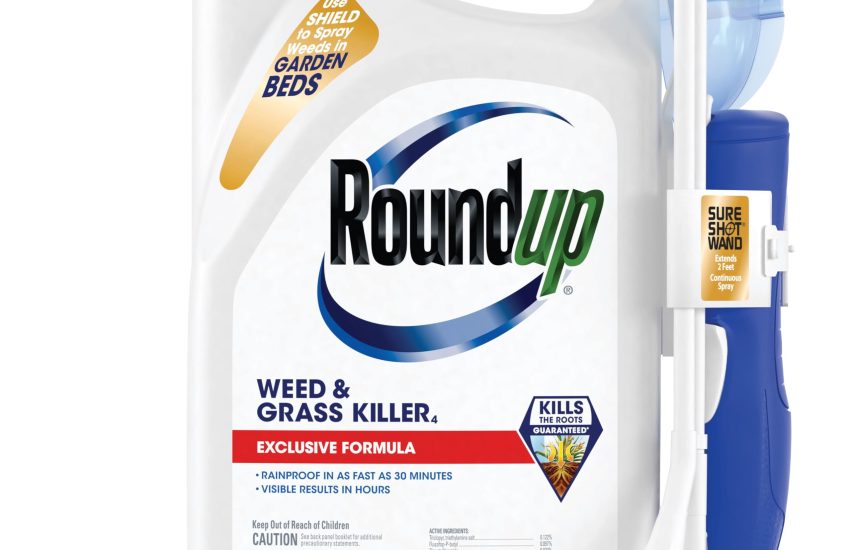5 Best Raised Bed Soil Mixes for Maximum Yield in 2025: Expert-Tested Blends for Garden Success
We independently select all products and services. If you click through links we provide, Plant Native may earn a commission with no extra cost to you.
Raised bed gardening has gained immense popularity among gardeners seeking to maximize their yield in limited spaces. A key factor in the success of raised bed gardens is the soil mix used.
High-quality soil mixes provide essential nutrients, proper drainage, and optimal aeration for plant roots to thrive.
Choosing the right soil mix for raised beds can significantly impact plant health and productivity. A well-balanced mix typically contains a combination of organic matter, minerals, and ingredients that promote water retention and drainage.
The ideal soil mix should be rich in nutrients, have good structure, and be able to support a variety of plants.
When selecting a raised bed soil mix, consider factors such as the types of plants you intend to grow, your local climate, and the existing soil conditions.
We tested numerous soil mixes to identify those that consistently produce abundant harvests across various plant types. Our research focused on nutrient content, water retention capabilities, and overall plant performance to determine the best options for 2025.
Best Raised Bed Soil Mixes for Maximum Yield in 2025
We’ve researched and tested numerous soil mixes to bring you the top options for your raised beds. Our list features blends that provide excellent drainage, nutrient retention, and overall plant health to help maximize your garden’s yield in the coming year.
Espoma Organic Raised Bed Mix
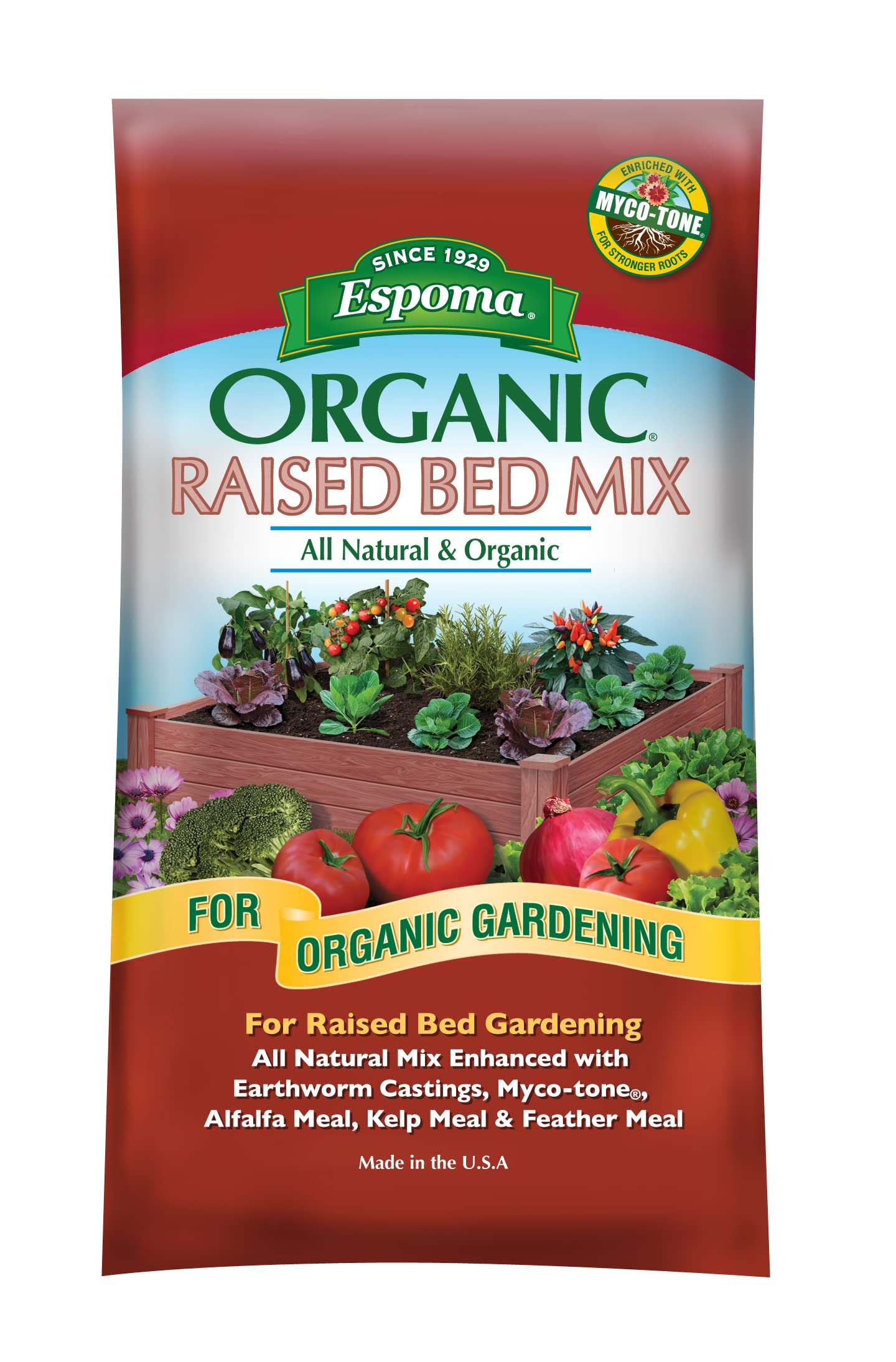
We recommend this organic soil mix for its excellent performance in raised beds and containers.
Pros
- Rich blend of natural ingredients
- Enhanced with beneficial mycorrhizae
- Ready to use out of the bag
Cons
- Relatively expensive
- Limited availability during peak seasons
- May require additional fertilization for heavy feeders
We’ve been using Espoma’s Organic Raised Bed Mix in our garden, and the results have been impressive. The soil is dark, fluffy, and provides excellent drainage for our plants.
It’s a pleasure to work with, and we appreciate that it’s free from synthetic chemicals.
Our vegetables and herbs have thrived in this mix. The addition of alfalfa meal, kelp meal, and feather meal seems to give plants a strong start. We’ve noticed robust growth and healthy foliage across various crops.
The proprietary Myco-tone mycorrhizae blend is a standout feature. It appears to enhance root development and nutrient uptake.
While the price is higher than some alternatives, we find the quality justifies the cost. For gardeners seeking an organic option that delivers results, this Espoma mix is worth considering.
Miracle-Gro Organic Raised Bed Mix
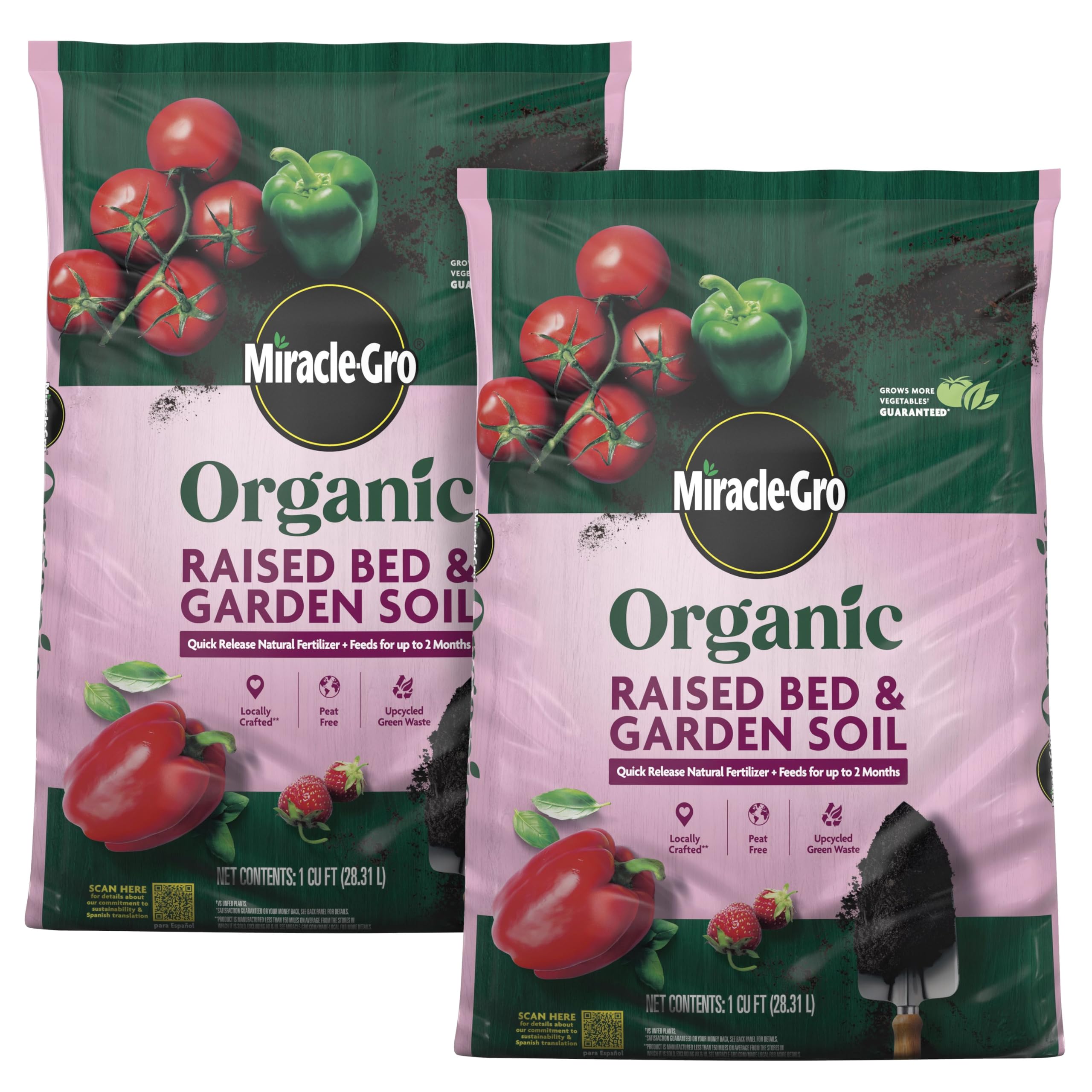
We recommend this soil mix for gardeners seeking an organic, nutrient-rich foundation for their raised beds and in-ground gardens.
Pros
- Organic blend with quick-release natural fertilizer
- Peat-free and made from upcycled green waste
- Feeds plants for up to 2 months
Cons
- May require more frequent watering in hot weather
- Limited feeding duration compared to some alternatives
- Might be pricier than non-organic options
We recently tried the Miracle-Gro Organic Raised Bed & Garden Soil in our vegetable garden, and we’re impressed with its performance. The soil has a rich, earthy texture that’s easy to work with.
It retains moisture well, which is crucial for keeping plants hydrated, especially in raised beds that tend to dry out quickly.
The quick-release natural fertilizer gave our plants a noticeable boost right from the start. We appreciated that this mix is peat-free and uses upcycled green waste, aligning with our eco-friendly gardening goals.
The soil’s ability to feed plants for up to two months meant we didn’t have to worry about additional fertilization early in the growing season.
We found this soil particularly effective when mixed with native soil for in-ground planting. It significantly improved our soil structure and fertility.
For raised beds, we filled them entirely with this mix, and our vegetables thrived. The organic certification gives us peace of mind, knowing we’re growing food without synthetic chemicals.
While it may require more frequent watering during hot spells, we believe the benefits of this organic soil mix outweigh this minor inconvenience.
Miracle-Gro Potting Mix
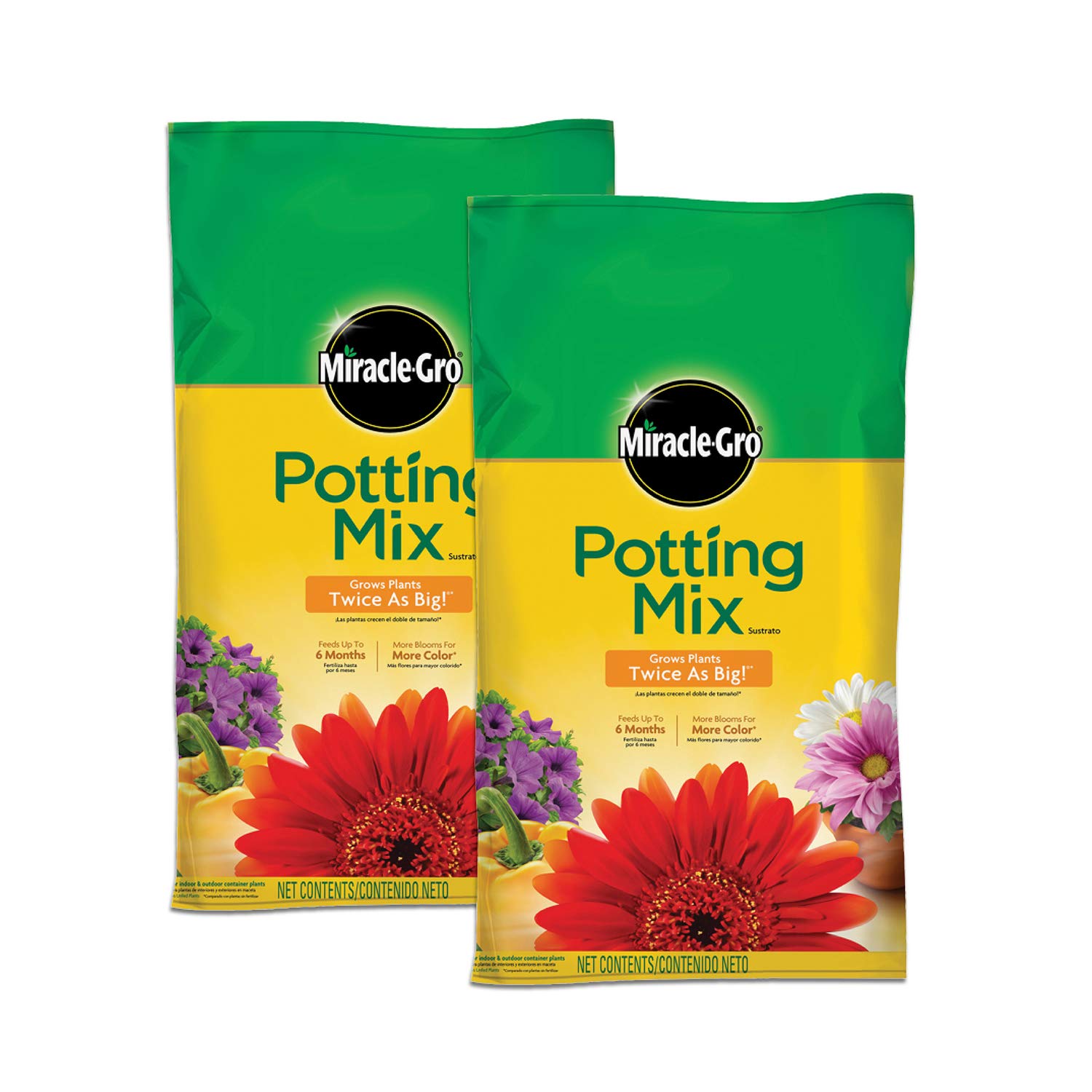
We recommend this potting mix for container gardeners seeking robust plant growth and vibrant blooms.
Pros
- Promotes exceptional plant growth
- Feeds plants for up to 6 months
- Versatile for various container plants
Cons
- May attract fungus gnats
- Can be pricey compared to basic potting soil
- Requires annual repotting for best results
We’ve used Miracle-Gro Potting Mix extensively in our container gardens, and the results are impressive. Our plants consistently grow larger and produce more vibrant blooms compared to unfed plants.
The mix has a balanced texture that retains moisture well without becoming waterlogged.
One of the standout features is the integrated fertilizer. It feeds plants for up to 6 months, which means less frequent fertilizing on our part.
We’ve successfully used this mix for a wide range of plants, from annual flowers to vegetables and even small shrubs in containers.
While we love the performance, we’ve noticed that it can sometimes attract fungus gnats, especially when used indoors. It’s also more expensive than basic potting soils, but we find the robust plant growth justifies the cost.
For optimal results, we make sure to repot our container plants annually with fresh mix to maintain soil structure and nutrient levels.
Michigan Peat Garden Blend
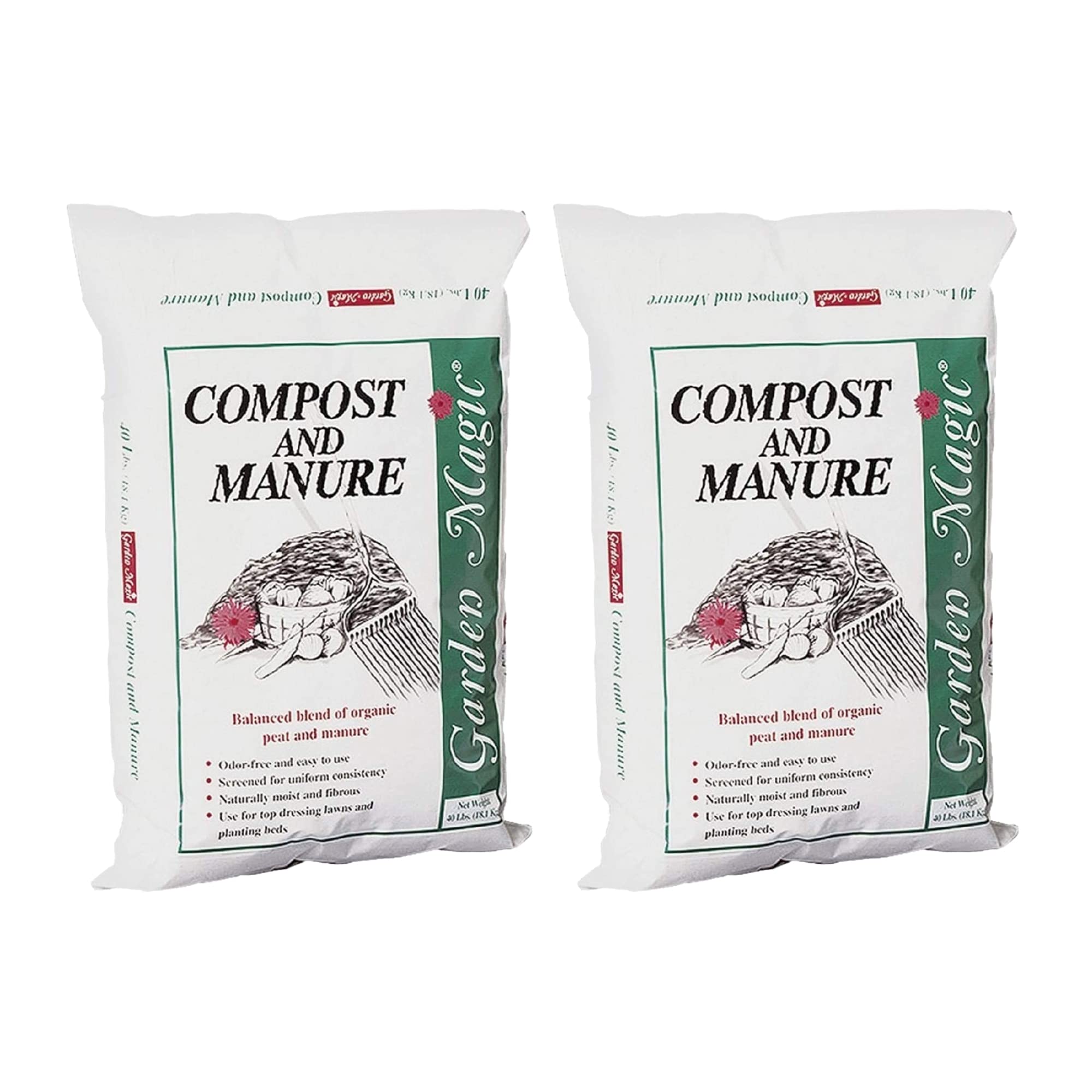
We recommend this nutrient-rich compost and manure blend for gardeners seeking to boost soil health and plant growth.
Pros
- Odor-free natural blend
- Versatile for various plants
- Easy to use and mix
Cons
- May contain some debris
- Limited coverage per bag
- Slightly pricey for quantity
We recently tried the Michigan Peat Garden Blend in our raised beds and were impressed with its performance. The odor-free mixture of reed sedge peat and composted manure blended seamlessly with our existing soil, creating a nutrient-rich environment for our vegetables and flowers.
Our plants thrived with this amendment. We noticed stronger root development and more vibrant foliage within weeks of application.
The blend’s natural composition aligned well with our organic gardening practices, giving us peace of mind about what we’re introducing to our garden ecosystem.
Mixing the product was straightforward, though we did encounter some twigs and small rocks that required removal.
While the 40-pound bags are manageable, we found ourselves needing more than anticipated for our larger raised beds. Despite the higher price point, the noticeable improvement in plant health made it a worthwhile investment for our garden’s success.
Michigan Peat Garden Magic
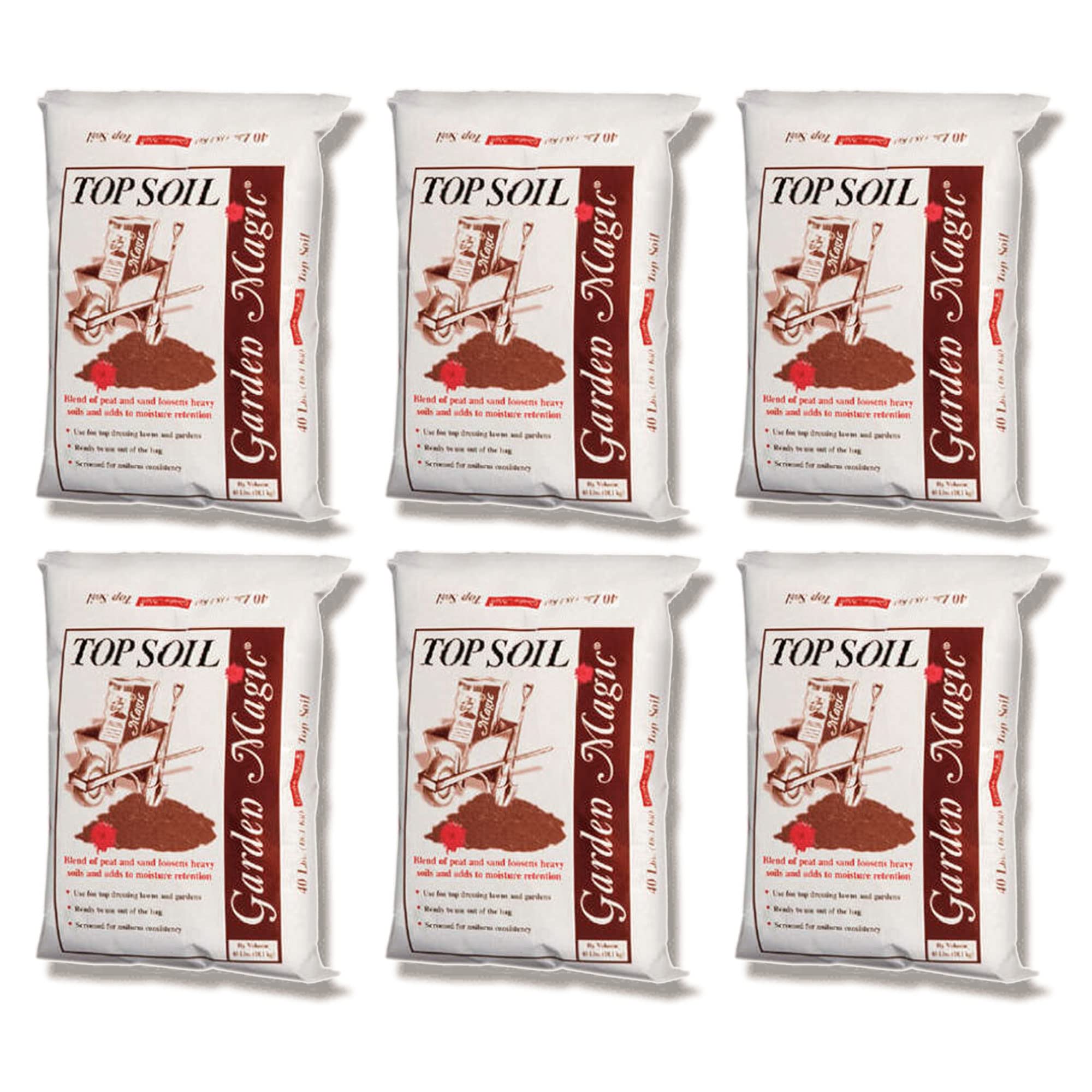
We recommend this versatile soil mix for gardeners seeking a reliable, nutrient-rich foundation for their raised beds and outdoor plantings.
Pros
- Excellent moisture retention
- Versatile for various gardening projects
- Rich in organic matter
Cons
- May contain some debris
- Not ideal for indoor use
- Heavy when wet
We’ve found the Michigan Peat Garden Magic to be a solid choice for raised bed gardening. Its blend of reed sedge peat, sand, and perlite creates a well-draining yet moisture-retentive medium that’s perfect for outdoor use.
The soil’s ability to maintain microbial balance has shown positive results in our vegetable gardens.
Using this mix, we noticed improved water distribution in our raised beds. It’s particularly effective at loosening heavy soil, which is a boon for areas with clay-rich ground.
The 40-pound bags are convenient for large-scale projects, though they can be cumbersome to handle.
While primarily designed for outdoor use, we wouldn’t recommend this for indoor potting. We’ve encountered some twigs and partially composted leaves, which are fine for garden beds but less desirable for houseplants. Despite this, our outdoor plants thrived, showing robust growth and health throughout the season.
Buying Guide
When selecting a raised bed soil mix, several key factors should be considered to ensure optimal plant growth and yield. Here are the main aspects to evaluate:
Nutrient Content
We recommend looking for mixes with a balanced blend of essential nutrients. A good soil mix should contain:
- Nitrogen for leaf growth
- Phosphorus for root development
- Potassium for overall plant health
Texture and Drainage
The ideal soil mix should have a light, fluffy texture that retains moisture while allowing excess water to drain. We suggest checking for:
- A combination of materials like peat moss, compost, and perlite
- Proper particle size distribution for air circulation
pH Level
Most plants thrive in slightly acidic to neutral soil. We advise choosing a mix with:
- pH between 6.0 and 7.0
- Buffer materials to maintain stable pH levels
Organic Content
Organic matter improves soil structure and promotes beneficial microbial activity. Look for mixes containing:
- Compost
- Aged manure
- Worm castings
Water Retention
A quality soil mix should hold moisture without becoming waterlogged. We recommend seeking materials like coconut coir or vermiculite. Also, look for a balance between water retention and drainage.
By carefully evaluating these factors, we can select a raised bed soil mix that will provide the best foundation for healthy plant growth and bountiful harvests.


